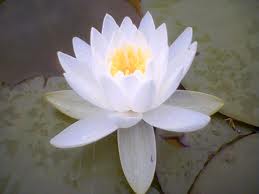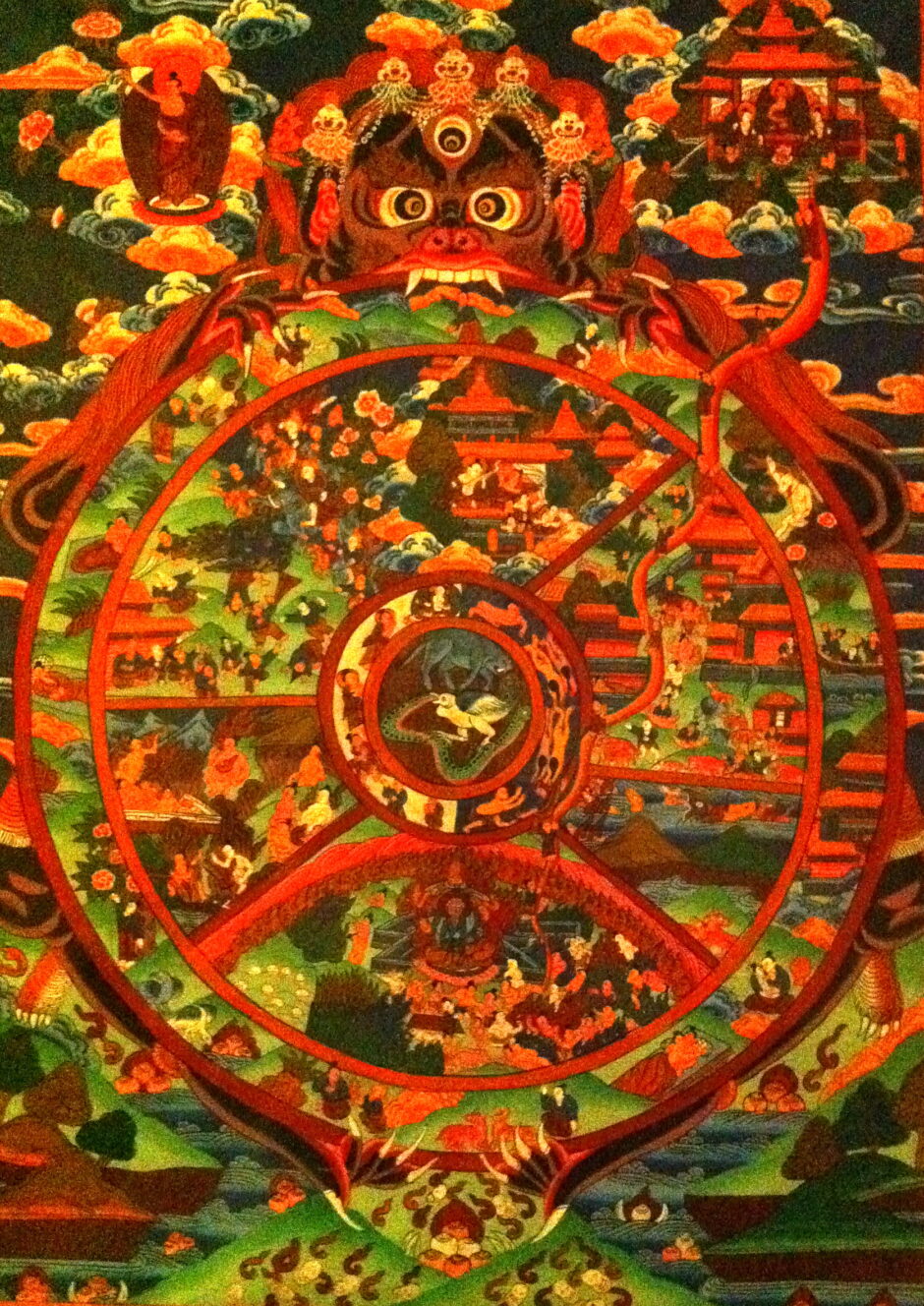
A BARDO IMMERSIVE MOVIE
A young love triangle in the life after death state – one has a near-death experience, one is truly dead, and one was given a date drug. Each character has their own individual Bardo experience.
Tibetan Book of the Dead
Bardo Thodol (Bar-do’i-thos-grol) in Tibetan or more commonly known as “The Tibetan Book, of the Dead”, is a classic of the world’s religious literature.
It concerns the nature of the mind and its projections – beautiful or terrible, peaceful and wrathful – which seem to exist objectively and inhabit the external world.
In particular, it describes these projections as they appear immediately after death, in a much more overwhelming form since the consciousness is no longer grounded and shielded by its connection with a physical body.
It teaches recognition of these terrifying and seductive forms, and through recognition attainment of the state of enlightenment.
This centuries-old scripture was traditionally read aloud to the dying to help them transcend and see death and rebirth as a process that offers the possibility of attaining ultimate liberation.
Bardo means gap. It is not only the interval of suspension after we die but also suspension in the living situation.
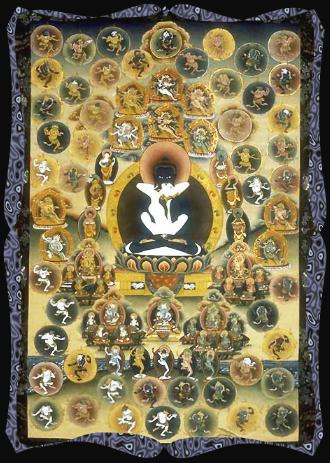
According to the Tibetans, death happens in the living situation as well.
The Bardo experience is part of our basic psychological make-up. The book is not only a message for those who are going to die and those who are already dead, but it is also a message for those who are already born: birth and death apply to everybody constantly, at this very moment.
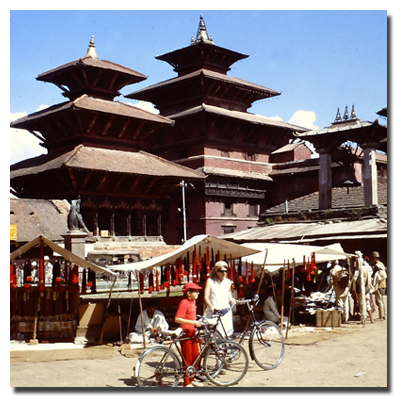
History
I came across this book as a teenager in India when we visited Nepal.
When I was at MIT, studying art, design, and film, I received a grant to turn it into a one-hour immersive three-screen film and I had William Burroughs writing the script and Phillip Glass the music. We got only part of the way as the computers were not up to speed.
When I came to Hollywood, I developed a screenplay (“Bardo”) which was a mainstream film aimed at a wide audience, and also two subsequent low budget indie versions (“Last Verse”, “In a Dark Wood”).
After seeing the recent breakthroughs in VR I became interested in a realization of it as a VR experience and embarked on creating a new screenplay – utilizing lessons learned from the previous incarnations of this project and molding it into a VR experience that could be perfect for today’s audiences.
After realizing that VR needs more development as a medium – did not seem to catch on, and the image quality is still lacking, I see it now as a movie, that would be shot in an immersive style, in ultra high resolution, that could be screened in IMAX or even larger venues (such as the Las Vegas Sphere), as well as a traditional movie formats. The VR could be a side component – a series of moments taken from the story, to be released on a platform like the Apple Vision Pro.
The screenplay is divided into chapters of 12 minutes length each (because in VR, it becomes too exhausting to watch), so the project could also be made as a limited TV series composed of half hour, or one hour episodes.
The screenplay is an epic story that was intended to “overwhelm” the mind of the viewer (simulating what the Tibetans describe as the death experience), and in a TV medium it could be taken more slowly and leisurely, with each segment expanded, so we spend more time with the characters and the situations.
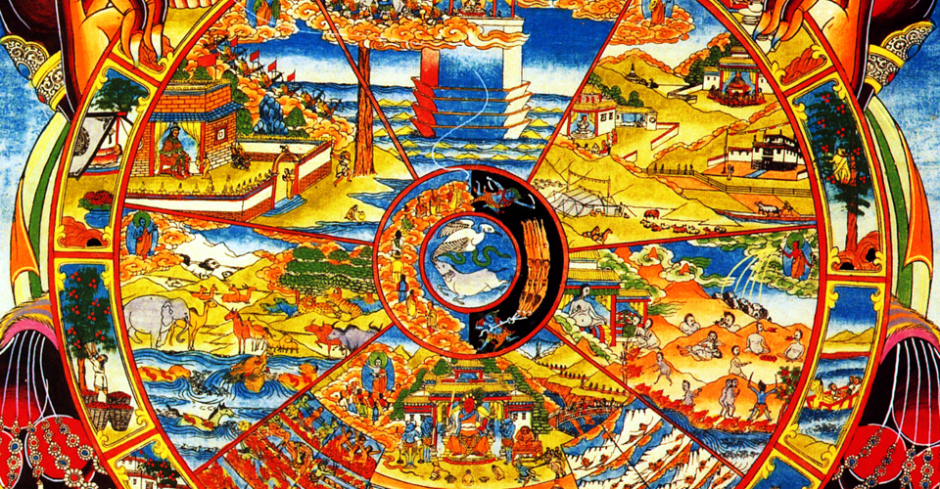
Story-synopsis
The script is a love triangle between three characters who find themselves in the Bardo state – Adam suffers a hear-attack (near-death experience), Julia is truly dead, and Chloe was given a date drug.
We also visit dream-states, hallucinatory-drug experiences, and moments of illumination where life and Bardo almost meet.
The central character Adam (24), works at a VR startup designing games.
Over a weekend in Las Vegas, he hooks up with Chloe (22), an escort, at a music festival, overdoses and has a heart attack, is placed on life-support and is declared technically dead.
In the near-death state, he reunites with Julia (21) his college sweetheart (love of his life) who died three years earlier.
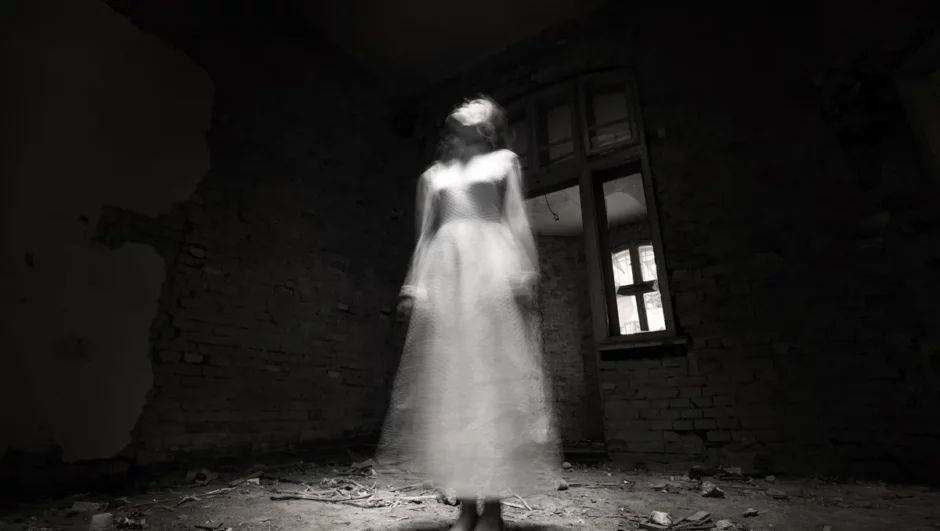
His experience merges with Julia’s consciousness, who is truly dead. As they re-visit scenes from their lives and loves.
Julia encourages Adam to snap out of the coma, return and live out the remainder of his life.
Julia has brought Adam and Chloe together for a reason.
After Adam unexpectedly snaps back to life, Chloe immediately rejects him and they go their separate ways – but Julia engineers a way for Chloe to visit the Bardo through a date-drug experience.
As the two women meet in the Bardo state, they resolve past karma between them.
All three are linked in more ways than one.
As the audience, we experience three Bardo journeys – Adam goes part of the way, and turns back. Julia take the entire ride (the movie is told through her eyes, although we do not realize it, until half way through). Chloe dips into the Bardo, her mind clouded by the drugs, just to meet Julia.
Chloe’s destiny is to be with Adam… so Julia and Adam can be together again. Julia is reborn as their child, Jules.

Inspiration
Several films have been an influence – Its a Wonderful Life, Ghost, Jacobs Ladder, 2001 and Enter the Void, Matrix.
Even people who do not believe in life after death or reincarnation would relate to the story – it is about looking back and seeing the effects of karma – the power of each action, word, and thought.
It is also about being fully in the moment in every point – seeing the magic of life, the world all around us and the loved ones that surround us and are connected to us in more ways that we can imagine.
It’s about how we all are so interconnected and ultimately one and all.
It is really a movie about love and life, rather than death.
I see it as a new version of the classic “It’s a Wonderful Life.”
My hope is for it to be a visceral (beautiful, awe-provoking, mind-blowing and at times terrifying) experience as well as a journey that is moving, emotional, sensual, consciousness expanding and ultimately even “spiritual”.

Core Audience
Understanding death one can lead a richer more meaningful life – especially if there is still much left to experience – so we are aiming at younger audiences.
The central character is a designer of games – the story is about young love, childhood, school, college, relationship to one’s parents.
It is set in the world of tech start-ups, the Electric Daisy Music Carnival, Burning Man Festival, the outdoors – backpacking around the world, action sports and situations that would be fun for a young audience to enjoy as a large screen immersive and VR experience.

Budget
Coming from the independent world, I see this as a film that could be done on a modest budget – it could mushroom into something bigger by embellishing the effects – but at its core it is an emotional film – about real people – real lives – real places – so the effects should not overpower the experience. As an indie project, it can be more daring and we can push the envelope further.
Immersive Large Screen Experience and VR offshoots (in conjunction with the movie)
The Tibetan Book of he Dead describes the Bardo as an overwhelming hallucinatory state, that is multi dimensional, combining simultaneous levels of time, memory, space and realm.
The audience is the consciousness of one who has died (subjective POV), but the character can also appear “watching”, so we can also become an objective POV – like watching one’s physical ghost of current age beside one’s mother in childbirth – seeing one’s own birth.
The past and the present reunite and become one. It is a chance to merge several realities and time frames into a single shot, witnessing a collage of moments from one’s life play out all around as we, or the protagonist, interacts with the memories.
The experience is grounded by placing it largely in real settings with real people from the main character’s life – it is more about connecting death to life rather than visiting otherworldly realms.
Films about death typically have fantasy settings can be problematic (“What Dreams May Come”, “Pretty Bones”) because they try to create a sort of spectacular, limbo-fantasy life-after-death setting which is unreachable for our imagination.
Adam’s experience is colored by him being a designer of video games – but these elements can be kept to a minimum if the budget is a constraint.
The three characters are often seen surrounded and immersed in memories, visions, and hallucinations (“cycloramas”) – to be filmed on a 360 green screen set and then capturing various moving components individually to collage behind and around the actors.
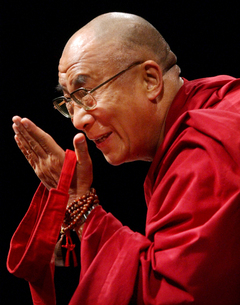
Personal Connection
My mom has vivid memories of her past life, and I have seen the proof – I’m 99% sure that life does not end after death.
My writing partner on the original “Bardo” passed away a few years ago, but the moment I decided to write the new version as a VR film, the script came to me guided as if from beyond – often I found myself writing, without even being aware I was writing – and it was a joyful experience.
I met with a practitioner of past-life regression therapy and interviewed her. One fascinating aspect has been the reversals she has encountered, time and after time – unresolved issues repeated from life to life – men being re-born as women, parents reborn as offspring, the same “cast of family characters” appearing in different configurations. She has seen abusers being reborn as the ones abused, racists as ones discriminated against, killers as their victims.
I tracked down the Dalai Lama and offered the script to him – he took it, smiled and sort of giggled… then just bowed – a perfect “Bardo” moment.
Rafal Zielinski
